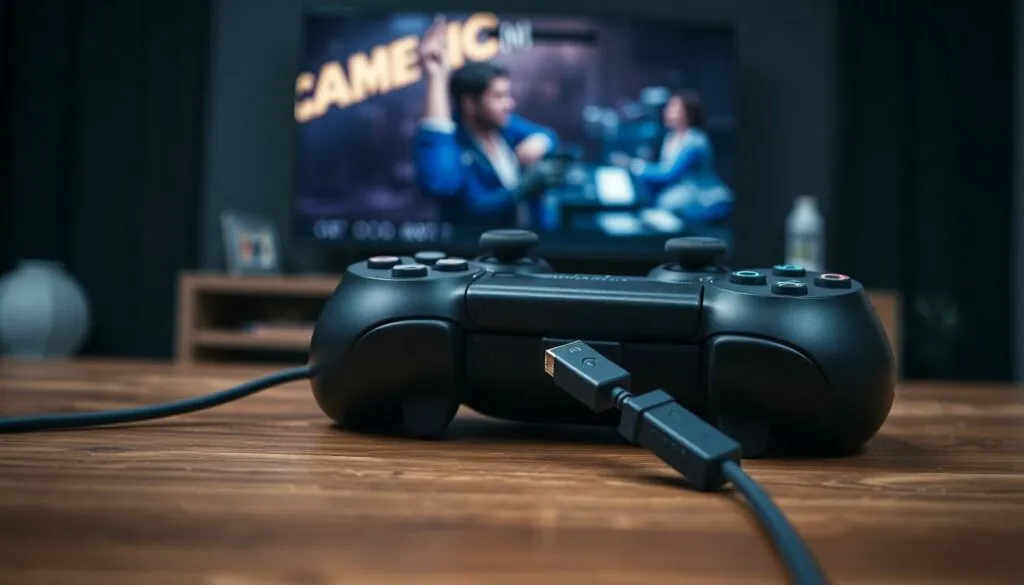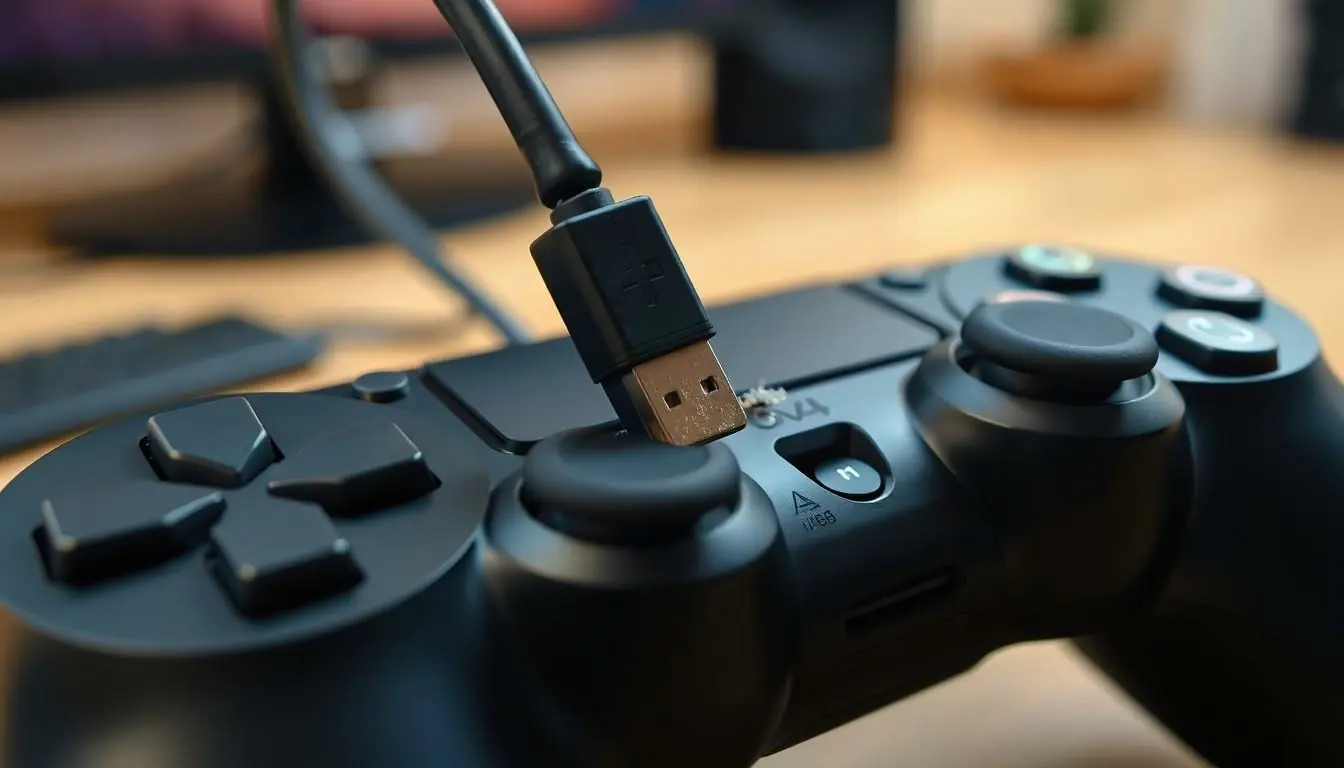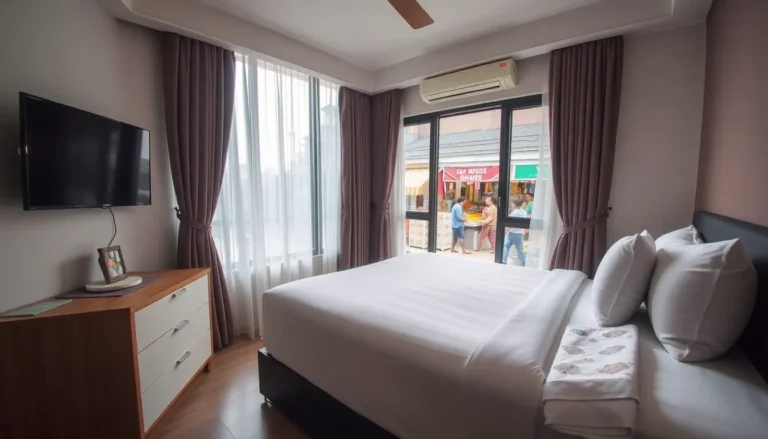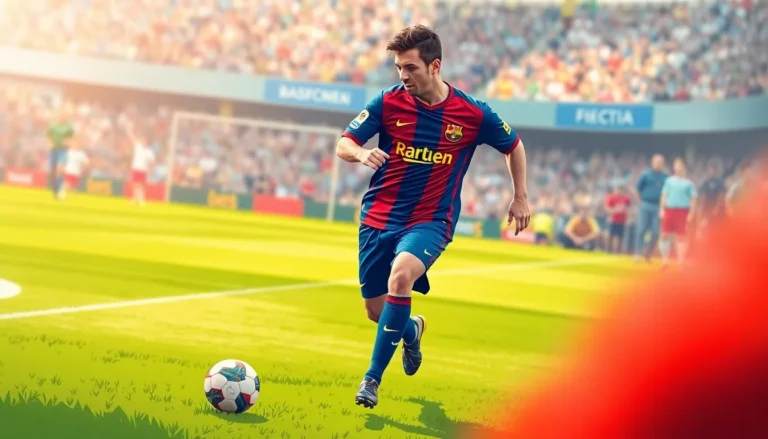Table of Contents
TogglePicture this: it’s game night, you’re ready to dive into an epic battle, and your trusty PlayStation 4 controller decides it’s time for a nap. The dreaded “not charging” dilemma strikes, leaving you staring at the screen like a deer in headlights. Frustrating, right? You’re not alone in this digital drama.
Common Causes Of Playstation 4 Controller Not Charging
Several factors contribute to a PlayStation 4 controller not charging. Identifying these causes can help players troubleshoot effectively.
Faulty USB Cable
A faulty USB cable commonly prevents charging. Fraying, broken connectors, or internal damage often leads to poor connectivity. Testing with a different cable helps determine if the original one is the issue. Players might notice that some cables charge other devices but not the controller. Choosing a high-quality, compatible cable can enhance the charging experience.
Damaged Charging Port
Damage to the charging port can impede charging efforts. Dust, debris, or physical damage frequently obstructs the connection. Inspecting the port for any visible signs of wear helps identify problems. Using compressed air can clear out dirt and improve connectivity. If damage is apparent, seeking professional repair may be necessary to restore functionality.
Dead Battery Issues
A dead battery can also be the reason a controller won’t charge. Batteries degrade over time, which reduces their ability to hold a charge. Players may experience an unresponsive controller even when plugged in. Testing the controller with another device shows whether the issue lies with the battery. Replacing the battery becomes a practical solution if it’s found to be faulty.
Troubleshooting Steps
To address the issue of the PlayStation 4 controller not charging, follow these troubleshooting steps to pinpoint the problem.
Check The USB Cable
Inspecting the USB cable is essential. A frayed or broken cable may prevent the controller from receiving power. Trying a different USB cable can clarify if the original one is defective. Always use a high-quality, compatible cable for optimal results. Users should look for signs of wear, such as exposed wires or bent connectors. Testing the cable with another device confirms its functionality.
Inspect The Charging Port
The charging port may block the connection if it harbors dust or debris. Cleaning the port with a soft, dry brush or compressed air removes obstructions. A visually inspect for physical damage, such as bent pins or cracks. Gently inserting a different USB connector can determine if the port is faulty. Ensuring the port is intact can significantly enhance charging efficiency.
Resetting The Controller
Resetting the controller can resolve charging issues effectively. Locate the reset button on the back of the controller near the L2 button. Use a small tool, such as a paperclip, to press and hold the button for about five seconds. After resetting, reconnect the controller to the charging cable. This process can restore connectivity and overall functionality.
Alternative Charging Solutions
Finding a suitable replacement for charging can enhance the gaming experience when the controller doesn’t charge. Exploring different charging solutions provides insights into effective alternatives.
Using A Different USB Port
Test another USB port on the console or computer. A faulty port could cause the controller not to charge effectively. If one port fails, another often works seamlessly. Users should connect the USB cable to a different port to see if it resolves the issue. This simple switch can sometimes solve the charging frustration instantly. Additionally, users may find success charging through a power outlet adapter connected to a USB port, which sometimes offers a more stable connection.
Charging With A Charging Station
Consider investing in a dedicated charging station specifically designed for the PlayStation 4 controller. Charging stations provide a convenient way to charge multiple controllers simultaneously. Many models allow for easy placement and feature LED indicators to show the charging status. A charging station usually comes with a design that eliminates wear and tear on USB ports. This solution can often maintain battery health over time, ensuring controllers are always ready for action.
When To Seek Professional Help
Recognizing when to seek professional help ensures swift resolution of charging issues with a PlayStation 4 controller. Though many problems are manageable with basic troubleshooting, some situations indicate deeper hardware failures.
Signs Of Hardware Failure
Signs of hardware failure include inability to hold a charge, inconsistent connectivity, and physical damage. A controller that fails to respond after numerous charging attempts often suggests battery degradation. Users may notice strange vibrations or overheating during operation. The controller may also exhibit a non-functional charging light, indicating a power issue. A professional assessment is advisable in these cases, as they can determine if internal components require repair or replacement.
Warranty Considerations
Considering warranty status is important before seeking repairs. Many PS4 controllers come with a one-year warranty that covers manufacturing defects. Users should check their purchase date to see if a warranty claim remains viable. Seeking repairs through authorized service centers preserves warranty coverage, avoiding potential complications with unauthorized repairs. Engaging with Sony support may provide additional options for users facing persistent charging problems while under warranty.
Conclusion
Experiencing a PlayStation 4 controller that won’t charge can be frustrating for any gamer. By following the troubleshooting steps outlined and considering alternative charging solutions, players can often resolve these issues effectively. It’s essential to stay proactive in maintaining both the controller and its accessories to ensure optimal performance.
If problems persist after trying these methods, seeking professional assistance may be the best course of action. Understanding warranty options and engaging with authorized service centers can help gamers address more serious hardware failures. With the right approach, players can get back to enjoying their gaming sessions without interruption.






